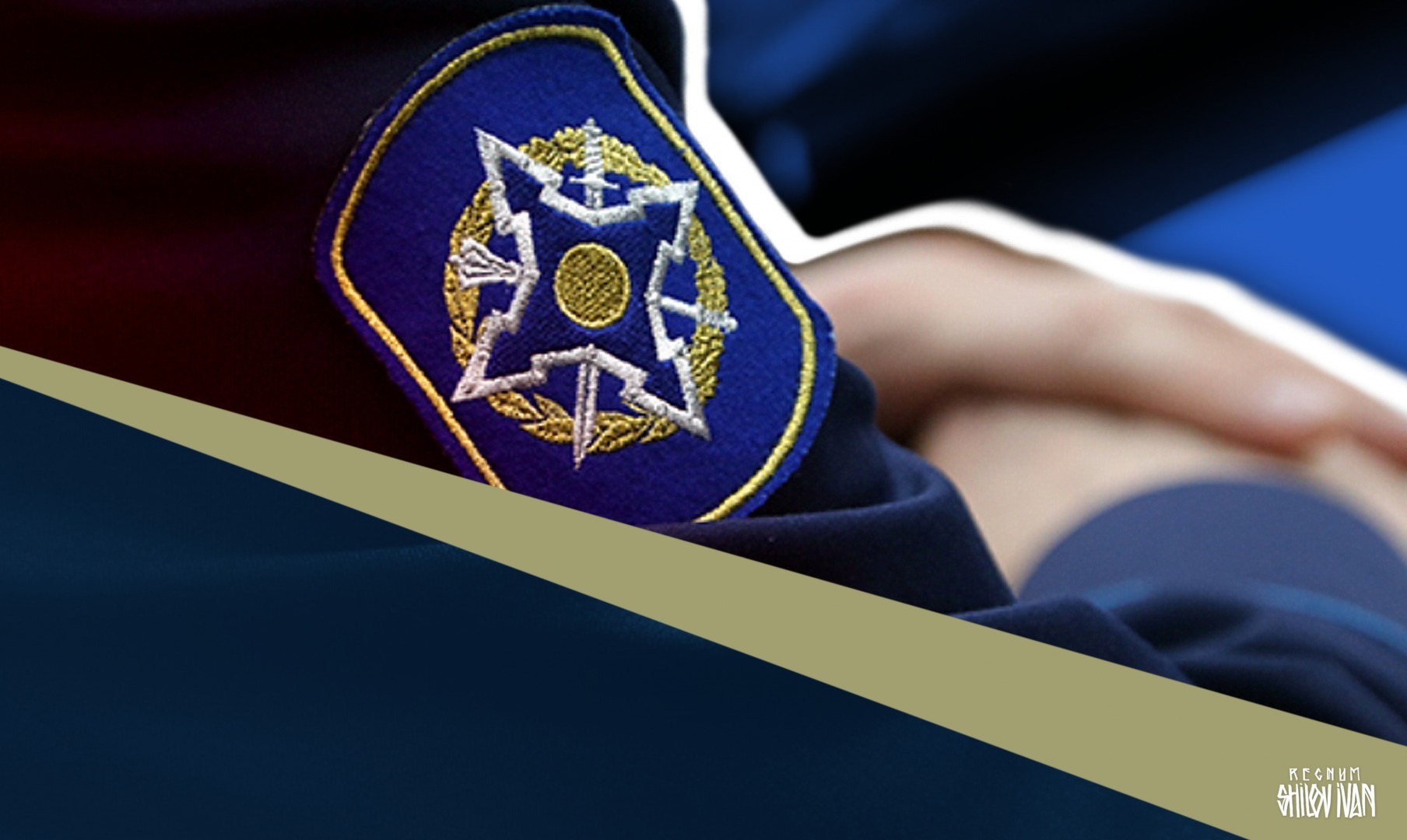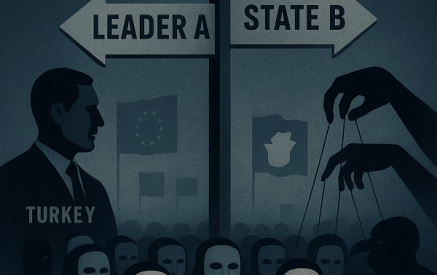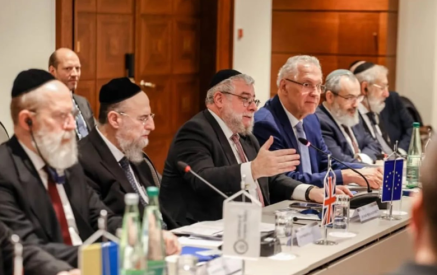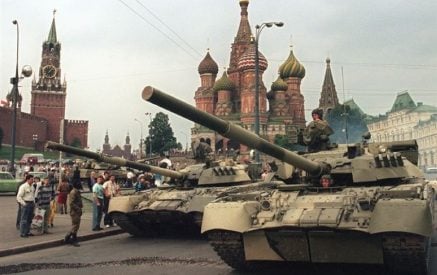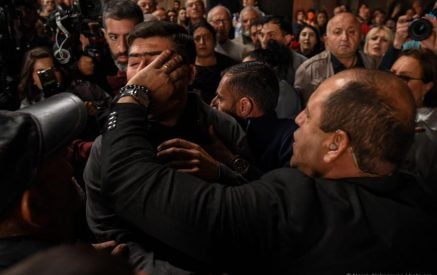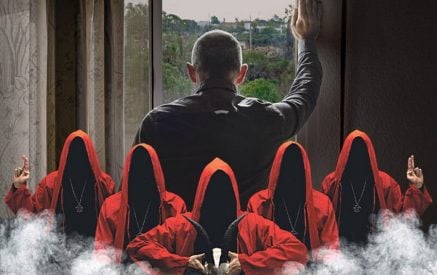When new state formations were created on the ruins of the Soviet Union, which died a glorious death, and Armenia, remaining faithful to the letter of the Soviet ‘law,’ restored its independent statement, a legitimate question arose: how to overcome the consequences of imperial rule and the collapse of the totalitarian system, and why not do it together when it is in everyone’s interests? As the current leader of Russia Vladimir Putin put it best, the CIS was the best mechanism for a civilized divorce. Of course, this allowed us to avoid the nightmare that was unleashed in Yugoslavia.
However, as we know, life is more difficult than even the best formulations, and the future course of events came to prove it.
By leaving the former USSR, each country seemed to return to its “natural” path, which was a logical continuation of the past. Refraining from characterizing others, Armenia, however, chose the path of a European-type democratic state, as such a civilized choice comes from the depths of the centuries. And it seemed that the “democratic” Russia of those years, where the term, as history shows, should be approached with large-scale reservations (at least we Armenians felt it on our skin), however, was perceived as a state guided by the same value system that secured Armenia in the midst of the ongoing conflict in 1920 from the recurrence of the disaster…
The Red Terror and organized crime in Russia of various calibers revived the fifth column in Armenia without lustration, which came to power through a “velvet” coup d’etat and “perpetuated its victory” as a result of the October 27, 1999, terrorist attack. The “commonality of values” was re-established between Armenia and Russia, even though it was already about counter-values, and that “commonality” was called to serve not for the sake of, but against a free, independent, and sovereign Armenia. This was quickly followed by various indecent deals at the expense of Armenia, “for the sake of centuries-old friendship,” which has been talked about many times, the repetition of which is a waste of space and time.
Read also
The new value gap was noticed in 2018 when the Velvet Revolution took place in Armenia. As in 1988, when the Hamazkayin movement for the independence of Armenia and Artsakh preceded the Soviet Union’s dormancy in history, and almost everyone understood that the Soviet Union was not the solution to the problem, but its source and axis, and the trajectory of Armenian-Russian relations after the Velvet Revolution shows the same thing. “Our age-old friend” is not only the solution to any problem, but also the source of almost all problems, the axis, the main “supplier” of chaos, the main spoiler of political processes, and, in general, the main threat to our independent statehood, which is hidden under the veil of “brotherhood.” And the Russian leader said that the territory of the former USSR is “historical Russia.” Yes, the shield depicted on the coat of arms of your “alliance,” as it turns out, is rusty and has holes in several places.
Well, it is not surprising when, sooner or later, we had to ask ourselves and others a question, bearing in mind the image of the ruins of our thirty-year-old ideas of security at the hands of a “centuries-old friend” seeking to neutralize the reaction of the international community after “participating” in the 44-Day War, being “incapable” and saying nothing about the issue of Armenian prisoners of war, provoking and using the border crisis in Syunik, and creating a false and dangerous agenda serving only the interests of Azerbaijan: who are our “allies” after all this? Of course, we know the dogmatic answer to this question of Zori Balayan and his spiritual children, those who legalize the Russification of Artsakh, the brainless supporters of removing the statue of Nzhdeh, and similar home-based strategists. But it is not interesting to us, it is not even about us, because they have nothing to do with us and have never had anything to do with us. Our problem is different.
After all this, surely, there is no need to explain anything, especially to prove who is who, who is the ally, and who is not. Everything is on the surface; you just have to see it if you do not have vision problems. Our task is not to allow the empire that has ruled us twice in the last century to rule us for the third time. Armenia no longer has that resource, Armenia and the Armenian people should not become the victim of another paroxysm of Russian-Turkish friendship and the sacrificial lamb being played by Russian chauvinism for the third time.
The coming period will require the mobilization of will and intellect from the Armenian people, and with the next historical turn that is ahead, Armenia must “fit in” without new bloody accidents.
The path we have taken completely frees us from all kinds of moral-political obligations towards that kind of “centuries-old friendship.” The rebuilding of our security strategy and reaping the hard lessons of past wars is the imperative of the day. Our sovereign interest should be the priority in the relations to be established jointly with the Republic of Armenia, the Armenian people, and many friends of the Armenian democracy. Our future and the security of our generations are in our hands. Now is the time for responsible choice and action and showing the best qualities of decisiveness alone, which have always brought us victories. And may God protect Armenia and its real friends.
Ruben Mehrabyan




















































